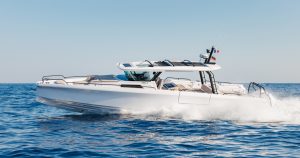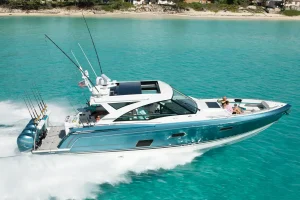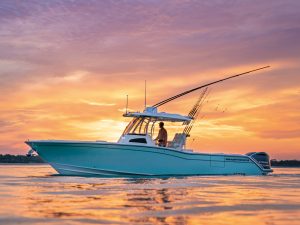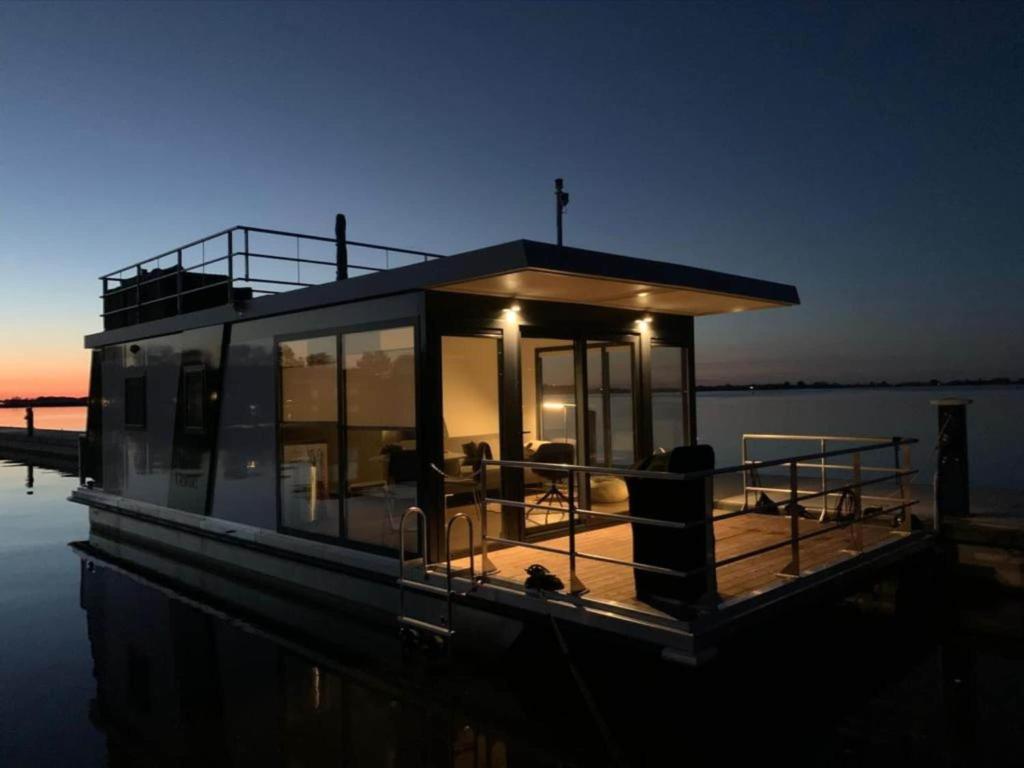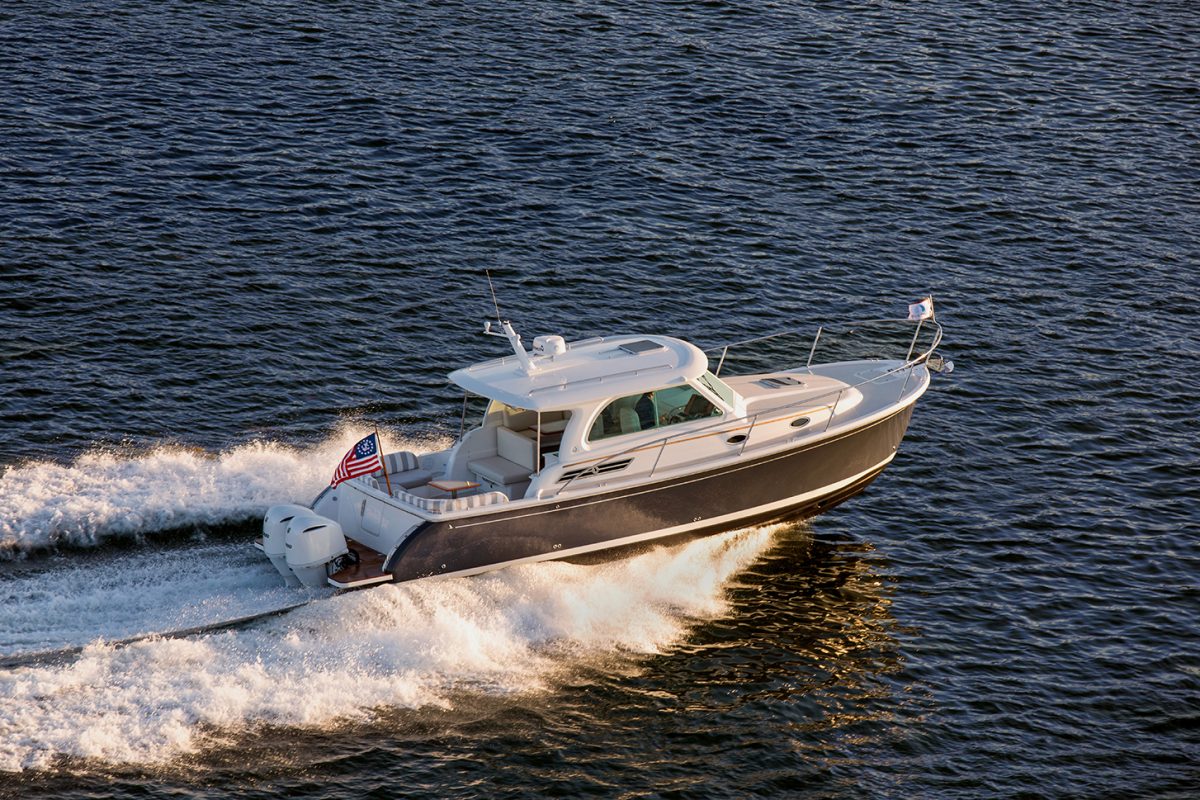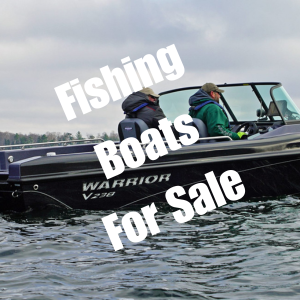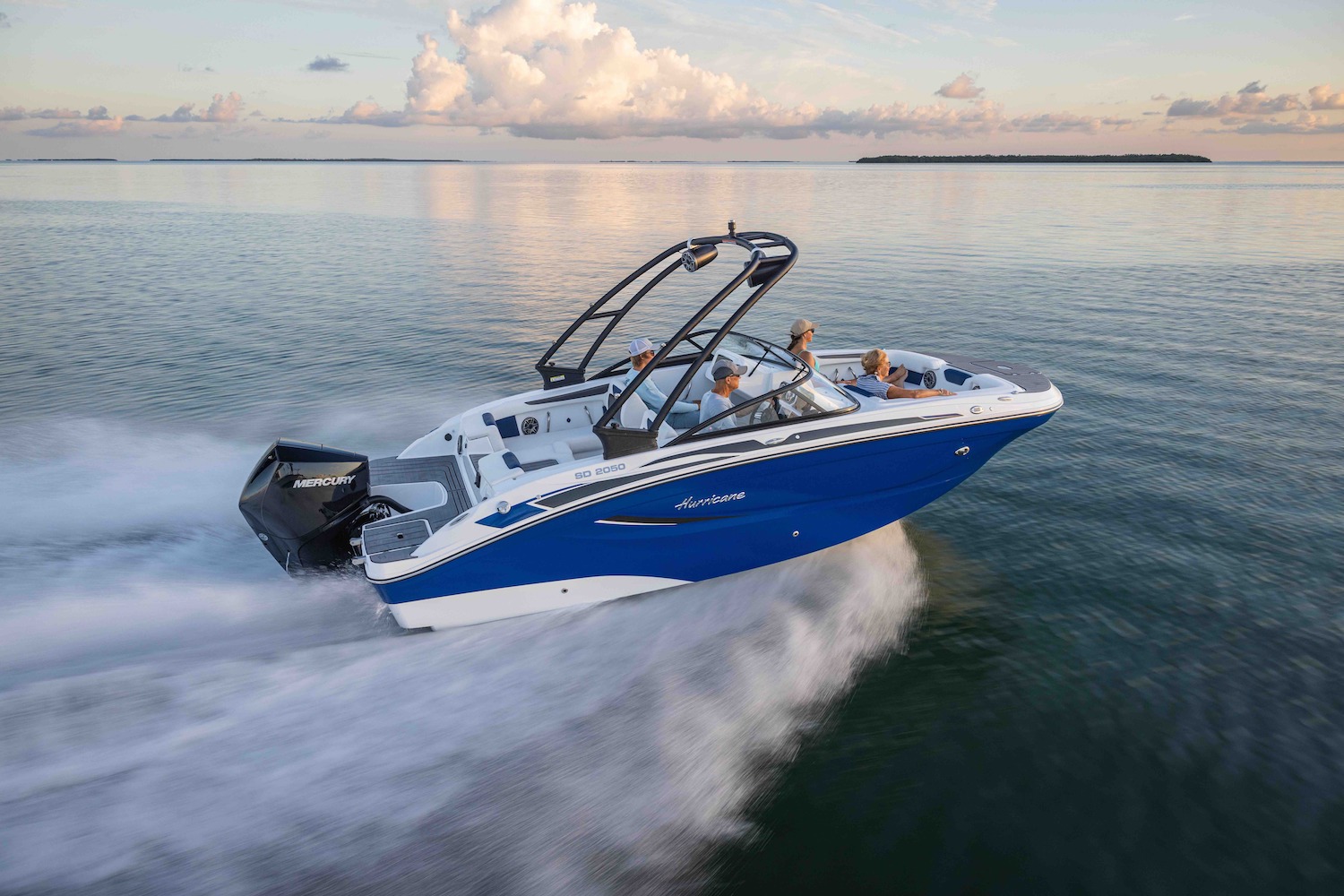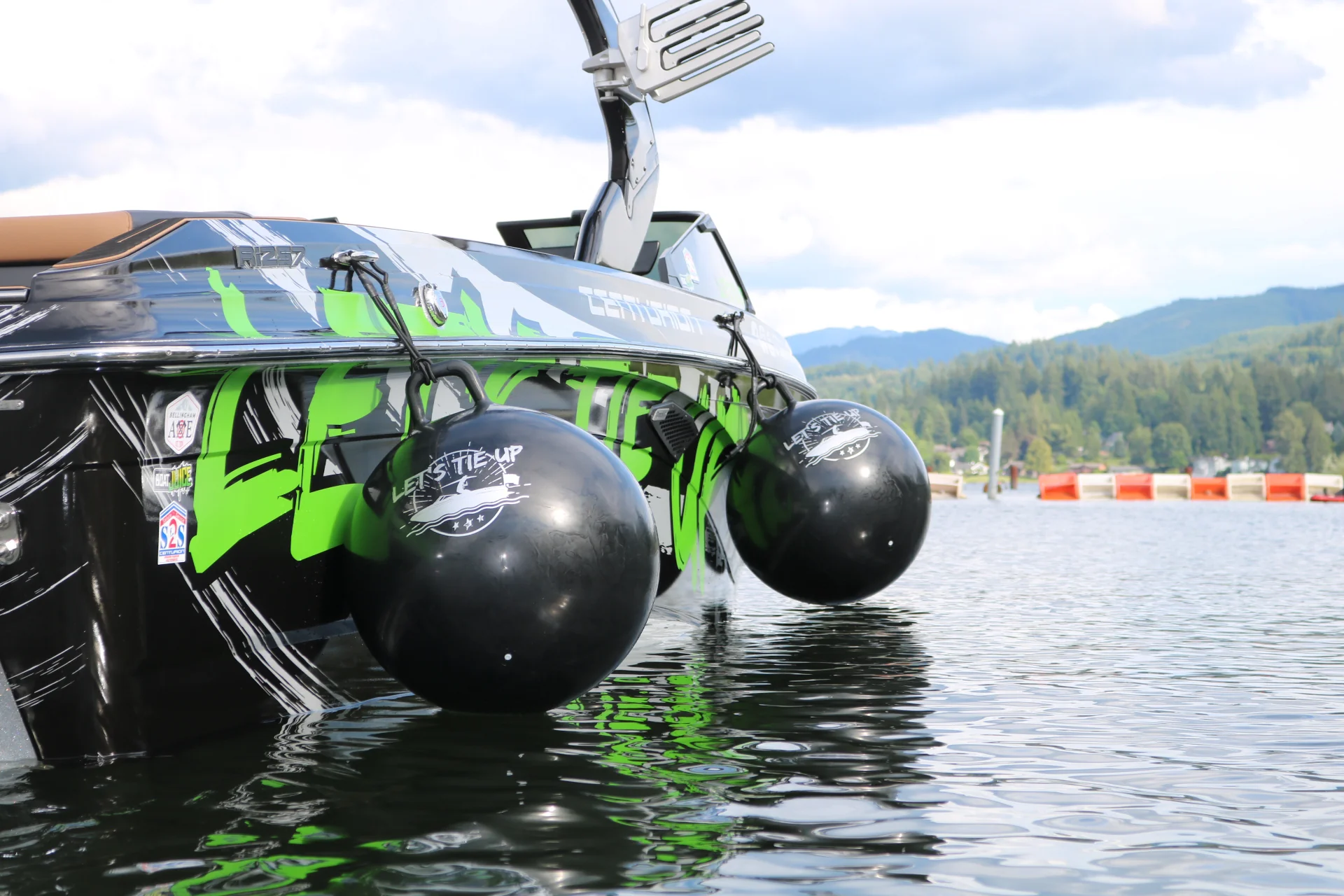Sailing
Sailing is a timeless activity that has evolved over the years, transitioning from a crucial means of transportation and exploration to becoming a popular recreational and competitive sport. Combining physical skill, mental acuity, and knowledge of the elements, sailing provides a unique and fulfilling adventure on the water. Additionally, sailing offers something for people of all ages and experience levels, making it an inclusive pastime that promotes camaraderie and self-improvement.
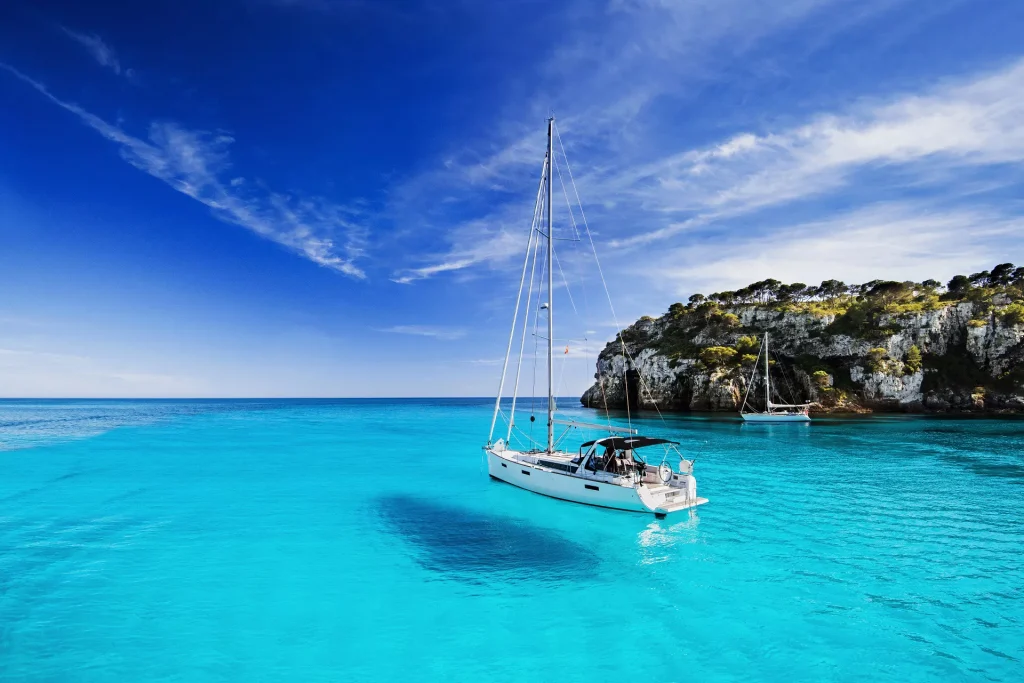
Understanding the basics of sailing is essential for proper enjoyment and safety while on the water. This includes, but is not limited to, familiarizing oneself with various types of sailing vessels, learning fundamental sailing concepts, and ensuring proper training for both beginners and experienced sailors. Successful sailing requires a harmonious balance between the crew and skipper, the proper utilization of sailing gear, and adherence to safety guidelines.
Key Takeaways
- Sailing offers recreational and competitive opportunities for all ages and levels.
- Mastering fundamental sailing concepts and training enhances safety and enjoyment.
- Building confidence in sailing includes learning vessel types and working as a team.
Boats for Sale

Understanding Sailing
Sailing is an enjoyable and challenging sport that relies on understanding the basics, knowledge of various techniques, and the physics of sailing to achieve success. While sailing at its core is simple, mastering the sport requires dedication and practice.
One of the basic skills in sailing is knowing how to adjust the sails in relation to the wind direction. The wind's angle determines a boat's speed and stability. By using a combination of the centerboard, rudder, and sails, sailors can maintain control and steer the boat efficiently. A deep understanding of sailing skills is essential for beginners and experienced sailors alike.
In order to become proficient in sailing, one must acquire sailing knowledge in areas such as types of boats, parts of a boat, safety precautions, and sailing terminology. The ability to identify different points of sail and how to adjust the boat accordingly is crucial to navigate effectively on the water. Awareness of potential hazards and understanding the right-of-way rules helps ensure safety while sailing.

The physics of sailing plays a significant role in understanding how to optimize sailing performance, especially when sailing upwind or downwind. Sailors need to grasp concepts such as lift, drag, and the Bernoulli principle, which impact how sails generate forward motion. Learning how to harness wind energy efficiently can make sailing more enjoyable and easy to maneuver.
There are various methods and resources available for sailing made easy, including books, online tutorials, and sailing courses. These resources teach fundamental sailing techniques, safety procedures, and provide practical tips for better performance on the water. Continuous practice and learning from experienced sailors can significantly enhance one's sailing abilities.
By focusing on sailing basics, acquiring sailing knowledge, and understanding the physics of sailing, enthusiasts can develop greater competency in the sport. Embracing the challenging nature of sailing leads to improvements in performance and the ability to confidently navigate through various sailing conditions.

Types of Sailing Vessels
Sailing has been an essential mode of transportation and leisure for centuries. With advancements in technology and design, several types of sailing vessels have emerged to fulfill various purposes. Some of the main types of sailing vessels include sailboats, dinghies, catamarans, and yachts.
Sailboats come in various sizes and styles, depending on their intended use and the sailor's skill level. Small yachts are among the most popular sailboats used for both recreation and racing. They have a single hull and are propelled by wind on their sails. Sailboats can be further classified into various types based on their hull configuration, the number of sails, and rigging system.
Dinghies are smaller sailing vessels usually ranging between 10 to 20 feet in length. They are lightweight, easy to transport, and typically used for sailing close to shore or auxiliary purposes. Dinghies can be either single-handed, where one person operates the vessel, or double-handed, with two sailors working as a team. Owing to their manageable size and ease of use, they are popular choices for sailing schools and learners.
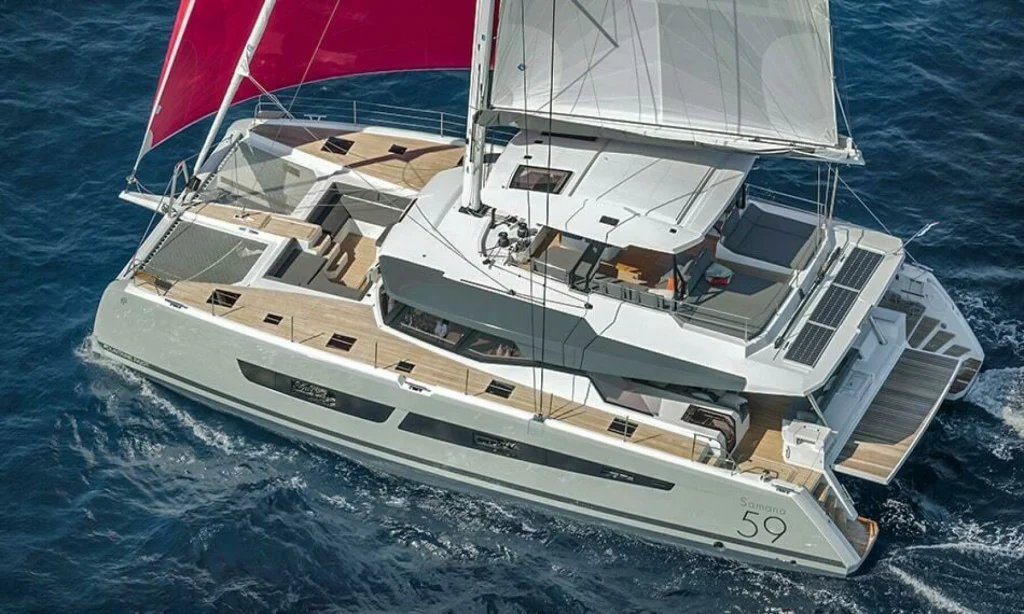
Catamarans are a type of sailing vessel that feature two parallel hulls of equal size joined together. The distinctive design of catamarans offers increased stability and a larger deck area for passengers and crew. Moreover, the dual-hull construction allows for reduced resistance, resulting in a faster and smoother sailing experience. Catamarans are suitable for various activities, such as leisure cruising, long-distance voyages, and racing.
Each type of sailing vessel has its unique characteristics and serves different purposes, catering to diverse sailing preferences and skill levels. Whether you're a passionate sailor, exploring the seas on a leisure trip or learning the ropes, there is a vessel to suit your needs and enhance your sailing experience.
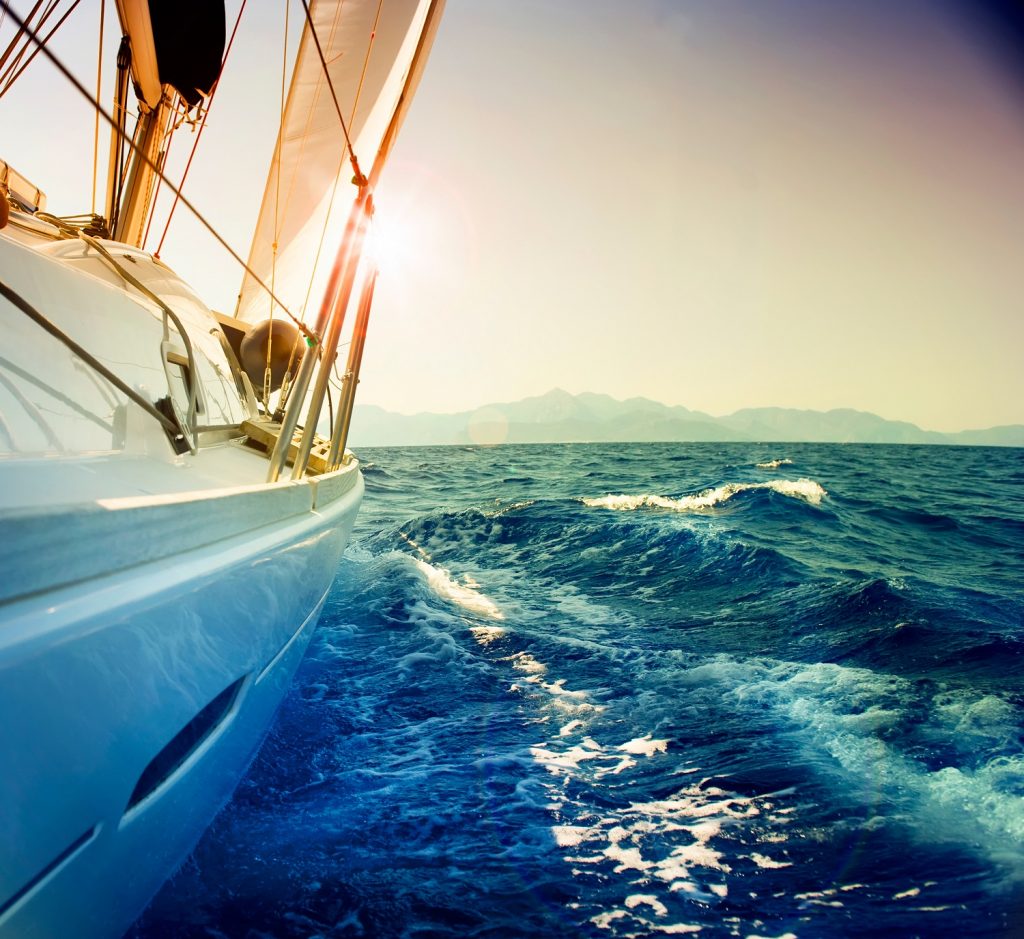
Fundamental Sailing Concepts
Sailing is an intricate art that requires understanding various concepts and terminologies to master. This section aims to provide an overview of the fundamental concepts in sailing, including direction and navigation, parts of a sailboat, sailing terminologies, and the science behind sailing.
Direction and Navigation
To learn to sail, one must first be familiar with sailing direction, navigation, and position on the water. Direction is determined by the wind, which is either coming from windward (the direction the wind is blowing) or leeward (the side away from the wind). Sailboats use the point of sail to navigate, which are the different positions relative to the wind direction. Some of these points include tacking (sailing upwind), jibing (sailing downwind), and sailing on a beam reach (perpendicular to the wind).

Parts of the Sailboat
A sailboat is composed of several parts that work together to enable sailing. Key components include:
- Hull: The boat's main body that sits on the water surface.
- Mast: The vertical pole that supports the sails.
- Boom: A horizontal beam attached to the mast that supports and extends the sail.
- Sails: The fabric that catches the wind, providing propulsion for the boat.
- Keel: A device that protrudes vertically from the hull, providing stability and preventing sideway movement.
- Rudder: A steering mechanism that controls the boat's direction.
Additionally, sailboats have specific terms for different parts of the vessel, such as the bow (front), stern (rear), starboard (right side), and aft/leeward (back/left side).
Sailing Terminology
Understanding sailing terminology is essential to communicate effectively with other sailors and maneuver the boat. Some essential terms include:
- Tacking: Changing direction by turning the bow through the wind, causing the sails to shift from one side to the other.
- Jibing: Changing direction by turning the stern away from the wind, causing the sail to move across the boat.
- Sail Trim: The process of adjusting the sails to optimize their shape and maximize their efficiency.

Science of Sailing
The science of sailing revolves around the principles of physics that govern the boat's motion and the lift generated by the sails and keel. The wind creates pressure against the sails, with the shape of the sails allowing them to generate lift, propelling the boat forward. Similarly, the keel generates lift underwater to counteract the lateral forces produced by the sails, allowing for greater stability and directional control. Understanding these concepts is essential to become an efficient sailor and enhance one's sailing experience.
Basic and Advanced Training
Sailing is a rewarding activity that requires both basic and advanced training to become proficient. Many aspiring sailors choose to attend a sailing school to gain foundational skills and knowledge. Sailing courses provided by institutions such as the American Sailing Association (ASA) offer an array of options for individuals at all experience levels.
Instruction in sailing usually begins with basic training, where students learn essential skills and techniques such as steering, trimming sails, handling lines, and tacking. As students progress in their sailing education, they will be introduced to more advanced concepts like navigation, weather forecasting, and safety measures.
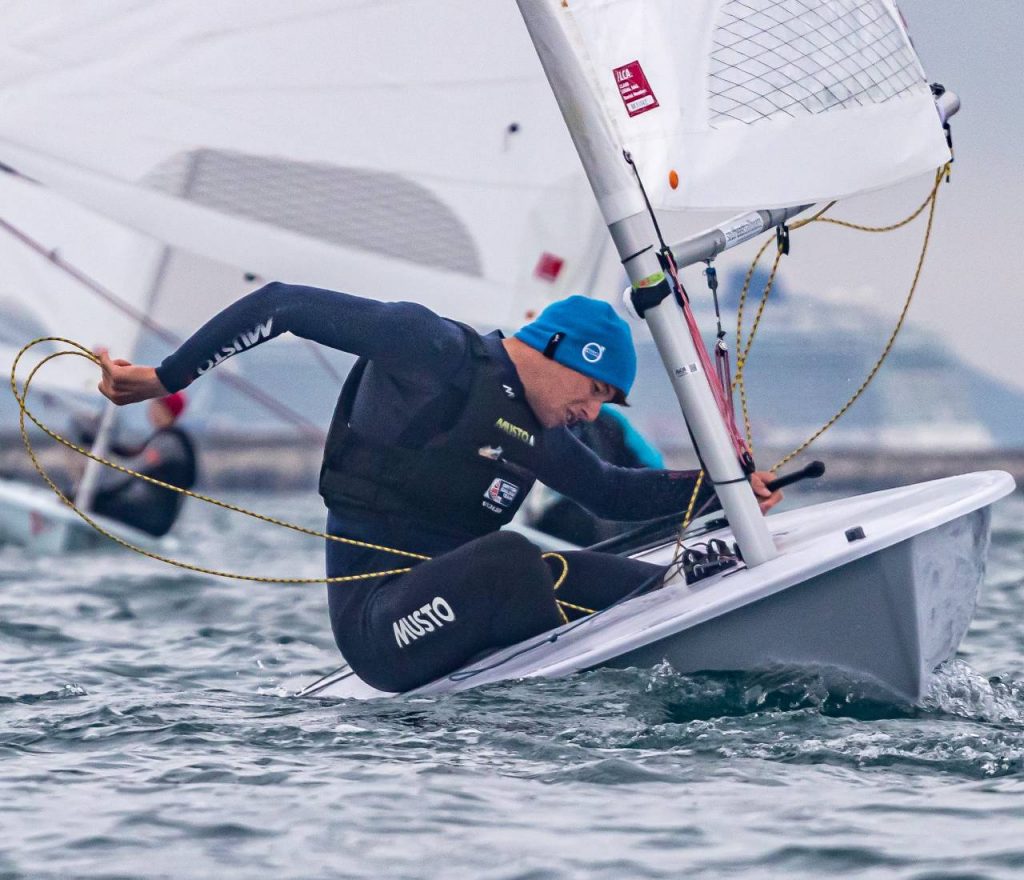
An important aspect of sailing training is mastering knotwork. Knots Made Easy is a popular resource that simplifies the process of learning and tying essential sailing knots. Familiarizing oneself with various types of knots is an integral part of both basic and advanced sailing courses.
In addition to in-person instruction, online resources have become increasingly popular for learning sailing skills. These resources offer flexibility and accessibility, catering to individuals with various learning styles and schedule constraints. Online platforms often provide a comprehensive curriculum, including interactive tutorials, video demonstrations, and quizzes to test one's knowledge and skill development throughout the course.
Apart from structured courses, hands-on practice is crucial for the growth of sailors. As they spend more time on the water, they will develop a solid understanding of boat handling, navigation techniques, and adaptability to various sailing conditions.
In summary, acquiring both basic and advanced sailing skills is essential for anyone interested in pursuing this exciting pastime. A combination of sailing school courses, online resources, and practical experience is the most effective approach to mastering sailing techniques and ensuring a safe and enjoyable experience on the water.

The Importance of Crew and Skipper
In the world of sailing, the roles of the crew and the skipper are of paramount importance in ensuring the safety and success of any maritime endeavor. The skipper, often referred to as the captain, is responsible for making critical decisions and managing the vessel, while the crew members are responsible for executing the skipper's orders and maintaining the boat's various systems. In this cooperative environment, good communication, mutual trust, and teamwork are crucial for smooth operations on the water.
The skipper's primary responsibility is to lead the crew and make decisions that prioritize safety and efficient progress. Their experience, judgment, and ability to react quickly to changing conditions directly impact the overall performance of the vessel. Additionally, a skilled skipper knows how to effectively delegate tasks among the crew members, ensuring that each person's skills are utilized appropriately. As a leader, it is important for the skipper to maintain a clear and neutral tone when conveying instructions and information, fostering a calm and focused atmosphere on board.
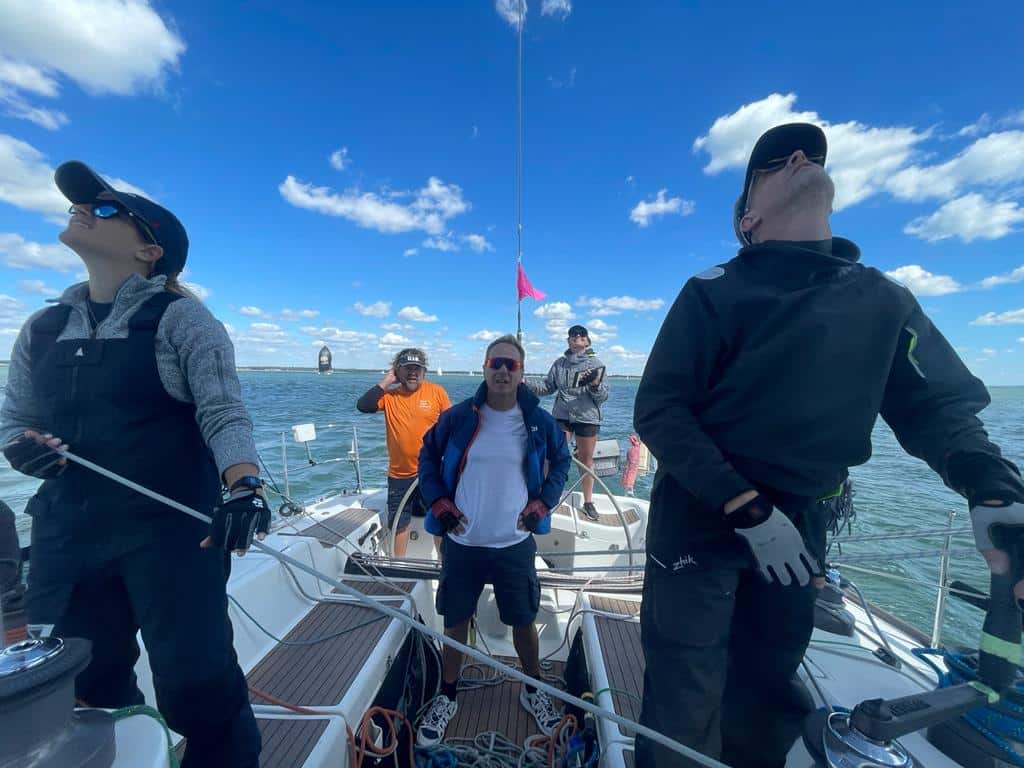
Crew members, on the other hand, must possess a diverse set of skills and knowledge to respond to various challenges that may arise during a voyage. Each crew member should be proficient in their specific area of expertise, such as navigation, sail handling, or first aid procedures, to guarantee the well-being of the entire team. Furthermore, crew members must be adaptable and prepared to take on new duties when necessary, as unexpected situations may require them to step outside their primary roles. Effective communication among crew members greatly contributes to a successful sailing experience.
The relationship between the skipper and crew is built on trust and mutual respect. The skipper must trust their crew to carry out tasks efficiently and professionally, while the crew should have confidence in the skipper's leadership and decision-making abilities. In many cases, skippers and crew members might develop friendly bonds during their time together on the water, which can reinforce their working relationship and strengthen teamwork on the boat.
In conclusion, the synergy between the skipper and crew is critical for a successful sailing endeavor. By maintaining a confident, knowledgeable, and clear communication style, and respecting each other's roles and responsibilities, this collaborative partnership ensures the safety and efficiency of the vessel and its crew.
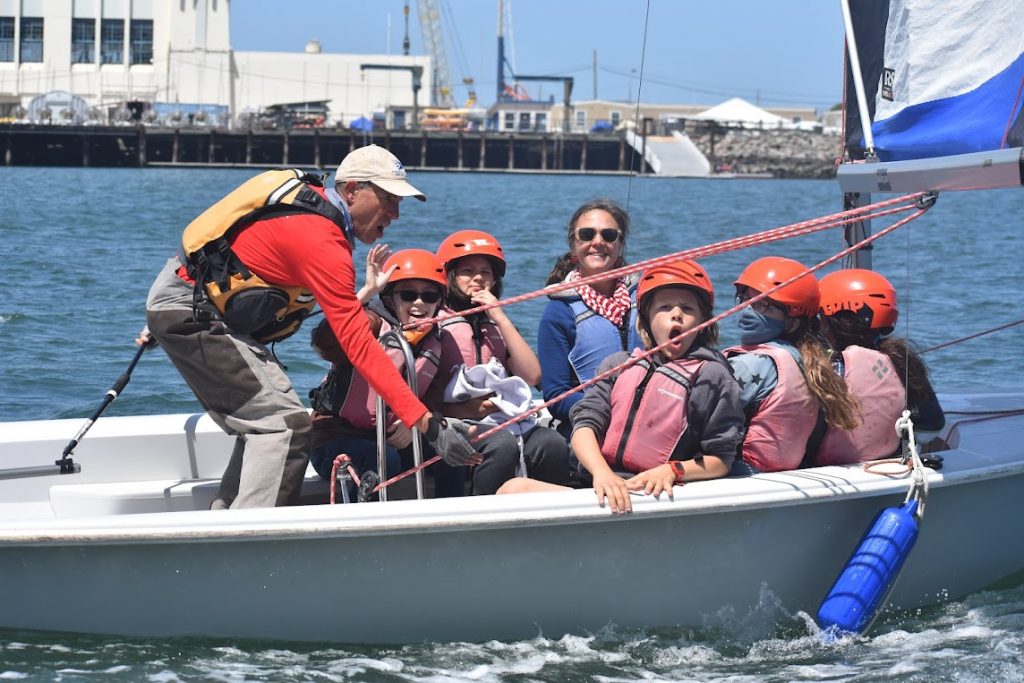
Sailing Safety
Sailing is an enjoyable and exciting sport, but it also comes with inherent risks. To ensure the safety of sailors and those around them, it is essential to understand and follow important safety guidelines.
One way to enhance sailing safety is to develop a strong safety culture among sailors and the larger sailing community. A study highlights the link between safety culture and performance, revealing that a positive safety culture can lead to improved safety performance on vessels.
It is crucial for sailors to wear appropriate personal protective equipment (PPE) while on board. This includes life jackets, non-slip shoes, and protective clothing that can enhance safety and mobility during sailing. Proper sailing apparel for women has been shown to improve the wearer's efficiency while offering protection.
In addition to wearing PPE, sailors should regularly engage in safety drills, such as man-overboard, fire, and abandon ship drills. These exercises help sailors practice essential skills and become familiar with emergency procedures, ultimately improving their ability to respond effectively in a crisis.

Understanding the risks of injury and illness during sailing is another vital aspect of safety. An online survey of sailing injuries revealed that increasing awareness of common and serious injuries can help develop more effective safety recommendations and preventative measures.
Lastly, implementing technology can make sailing safer. For instance, a sailing status recognition system for commuter ferries can enhance safety awareness and path routing. This system classifies the sailing status online, allowing for adjustments that may increase overall safety.
By following these guidelines and prioritizing safety, sailors can enjoy the sport while minimizing risks and ensuring a safer experience for everyone on the water.
Importance of Sailing Gear
When embarking on a sailing adventure, it's essential to have the appropriate gear to ensure safety and comfort on the water. Wearing the right clothing and accessories can make all the difference in both performance and protection. Key pieces of sailing gear include hats, gloves, and specialized clothing designed for the varied conditions one may encounter while sailing.
A well-chosen hat is crucial for protecting the sailor from the sun's harmful rays, which can be intensified by the reflective surface of the water. Wide-brimmed hats provide excellent coverage, while lightweight materials like mesh or breathable fabric can offer comfort and ventilation. Remember to secure the hat with a chin strap or adjustable sizing to avoid losing it in strong winds or waves.
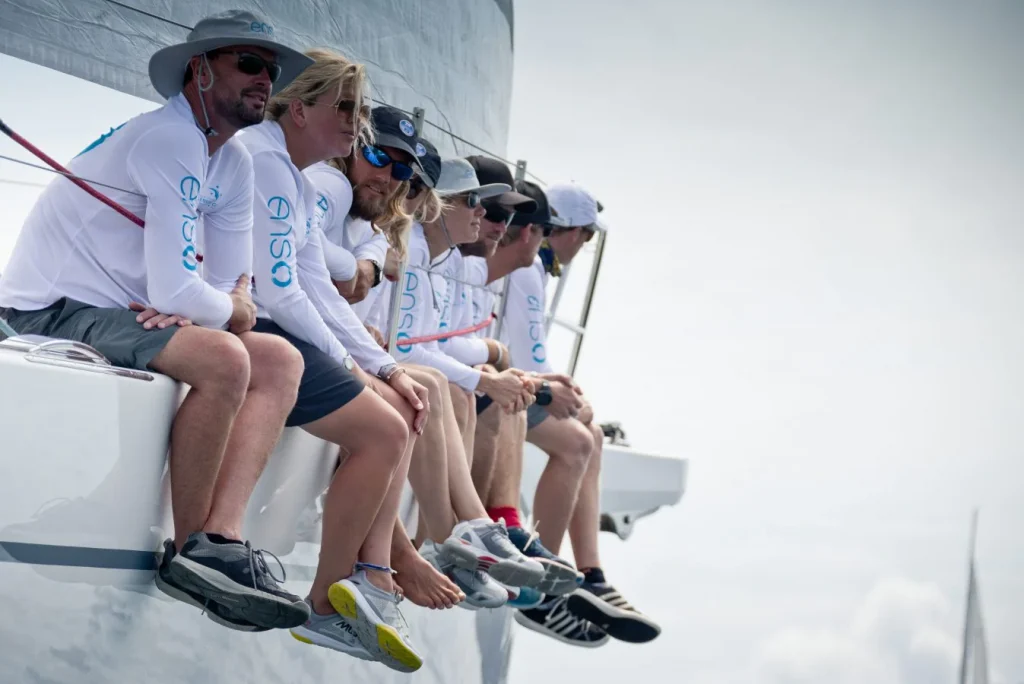
Gloves are an equally important part of a sailor's gear. Sailing gloves provide grip, dexterity, and protection from ropes, lines, and other hardware found on the boat. High-quality sailing gloves feature reinforced palms, fingers, and knuckle guards to prevent blisters, abrasions, and potential injuries during extended use. Glove materials, such as synthetic leather and neoprene, offer durability, flexibility, and protection from both wet and dry conditions.
Sailing gear, in general, is designed to withstand various weather conditions while providing comfort and functionality. Waterproof foul weather gear, such as jackets and pants, can protect the sailor from rain, wind, and spray. These outer layers are commonly made of breathable materials and equipped with sealed seams, adjustable cuffs, and high-visibility elements for added safety.
When selecting sailing gear, one should prioritize fit, comfort, and quality. Properly fitting gear ensures maximum mobility and effectiveness while onboard. Consider incorporating features such as moisture-wicking, quick-drying, or UV-protective fabrics to address specific environmental challenges. By investing in quality sailing gear, sailors can enhance their overall experience, safety, and performance out on the water.

Cruising
Cruising is a popular form of sailing that involves extended trips on the ocean or along coastlines for leisure or adventure. It is different from other types of sailing because it often has a focus on self-sustainability and exploration. There are various types of cruising, such as ocean cruising, which refers to sailing in the open ocean, or coastal cruising, which involves exploring coastlines and stopping at various ports along the way.
One popular cruising destination is the Mediterranean, known for its beautiful coastlines, historical attractions, and favorable sailing conditions. Mediterranean cruising offers a unique blend of idyllic anchorages, bustling harbors, and diverse cultural experiences. Sailors can find plenty of opportunities for relaxation, new experiences, and adventure in the numerous ports surrounding the sea.

When planning a Mediterranean cruising trip, it is essential to consider the various factors that contribute to a successful journey. These may include selecting a suitable boat, considering onboard equipment and supplies, and taking into account the weather conditions and optimal travel times. It is also essential to have an understanding of the various maritime laws and regulations, as well as the unique customs, and communication styles in various countries that sailors may visit.
A typical day of cruising in the Mediterranean begins with preparations like checking the weather forecast, updating navigation charts, and studying the itinerary for the day. As they sail, the crew performs boat maintenance tasks, such as trimming sails, keeping watch, or preparing meals. Upon reaching their destination port, sailors will take time to explore the local attractions and culture, dine at regional restaurants, and enjoy leisure activities before retiring to the boat or nearby accommodations.
Cruising in the Mediterranean offers sailors an immersive and transformative experience that combines adventure, culture, and natural beauty in one unforgettable journey. With its diverse range of destinations and unparalleled opportunities for learning and exploration, cruising in the Mediterranean is an experience that should not be missed by any sailing enthusiast.

Recreational and Sport Sailing
Sailing is enjoyed by many as both a recreational and competitive sport. At the recreational level, sailing is an excellent way for people to unwind, connect with nature, and experience a sense of freedom on the water. Those who enjoy sailing as a hobby can take part in various activities such as touring coastal waters, exploring new destinations, or simply enjoying the camaraderie of fellow sailors. Recreational sailing ranges from solo adventures on small sailboats to group outings on larger vessels.
Sport sailing, on the other hand, is the competitive aspect of the activity, and it encompasses a wide range of event types and racing formats. In this realm, sailors hone their skills and take part in training programs, regional races, and international regattas. High-level sport sailing requires discipline, strategic thinking, and technical expertise to excel in various wind and water conditions1. From dinghy racing to high-performance fleet racing, sport sailing offers an exciting and challenging experience for those who wish to push themselves and their sailing abilities to new heights.
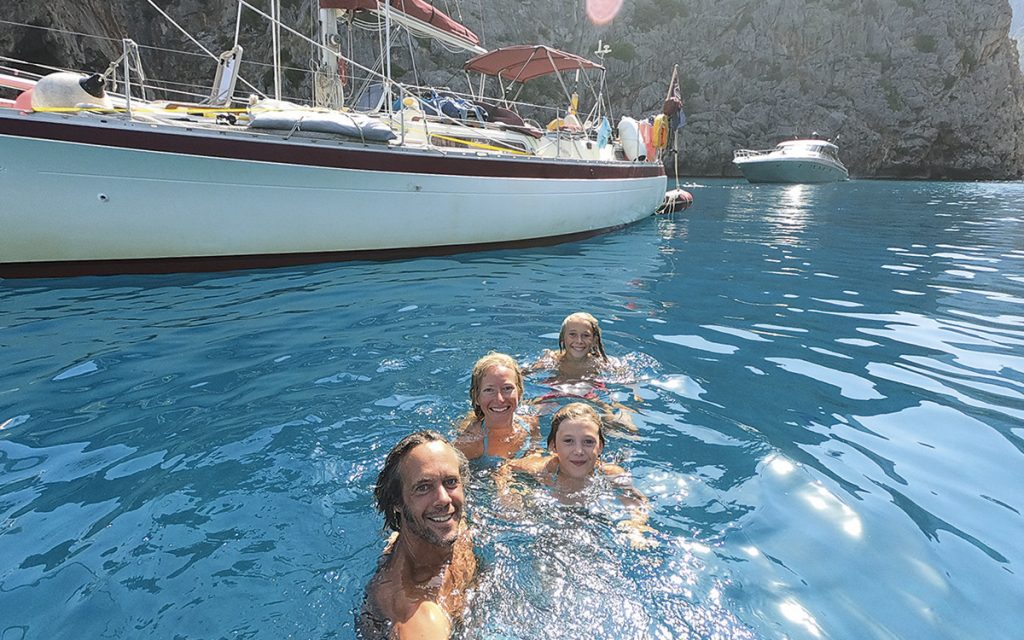
Sailing has numerous benefits both as a sport and a form of recreation. It fosters physical fitness, as strength and endurance are essential for maneuvering boats in various conditions. Moreover, sailing is a mental exercise that requires participants to think strategically, make quick decisions, and demonstrate problem-solving skills. Additionally, sailing is known to promote stress relief, particularly in a recreational setting, where individuals can escape from daily life and focus solely on the present moment2. Additionally, sailing fosters social interaction and teamwork, as many sailing activities require coordination and cooperation among crew members.
In conclusion, sailing is a versatile activity that appeals to individuals with various interests and skill levels. Whether participating in sailing for recreation or engaging in the competitive aspects of the sport, individuals can experience numerous benefits and challenges, making sailing a fulfilling and enriching pastime.
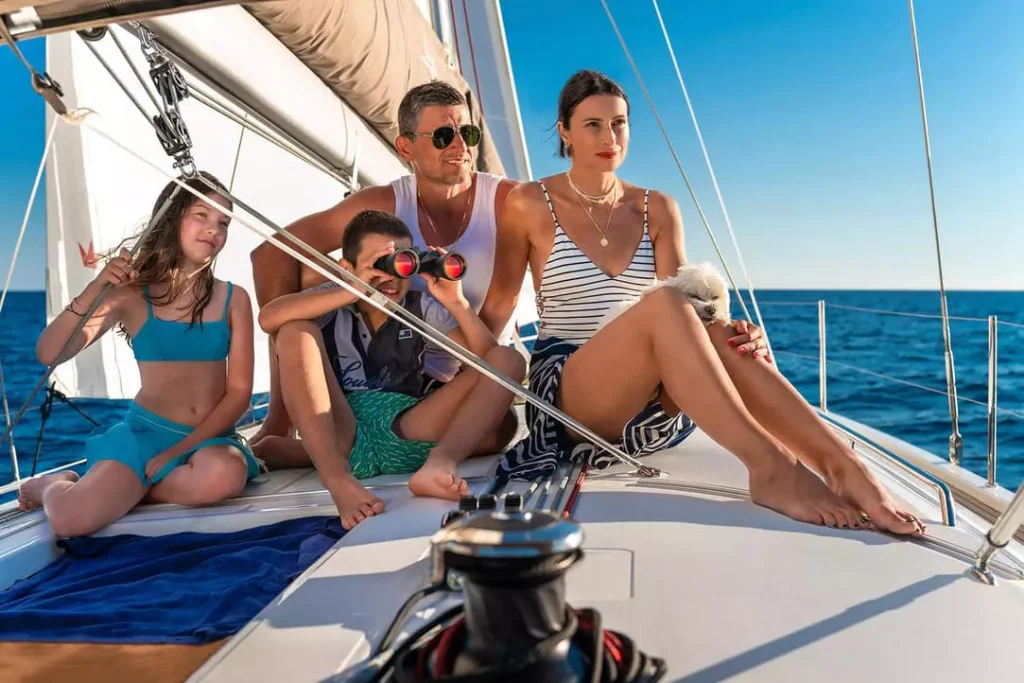
Footnotes
- Use of a virtual reality physical ride-on sailing simulator as a rehabilitation tool for recreational sports and community reintegration: a pilot study ↩
- Sailing as a recreative activity and its relationship with life satisfaction ↩
Sailing Techniques and Knots
Sailing is a versatile sport that requires a range of skills and knowledge. One crucial aspect is mastery of sailing techniques and knots. By understanding these, sailors can enhance their proficiency on the water and avoid potential problems.
Essential sailing techniques involve boat control, maneuvering, and sail adjustments. Wind awareness plays a critical role, as sailors rely on it for propulsion and direction. Good sail handling enables efficient upwind, downwind, and beam reach sailing. Sailors also perform various maneuvers, such as tacking, jibing, and heaving-to, to change course or adjust the boat's position.
Knots are indispensable tools for sailors, providing secure and reliable connections for ropes. They serve multiple purposes, from securing sails to fastening various equipment on board. Two of the most widely-used sailing knots are the bowline and the figure-eight knot. The bowline knot creates a temporary loop that securely attaches the jib sheet to the clew of the jib, while the figure-eight knot is a stopper knot that prevents ropes from running out of a cleat or pulley.
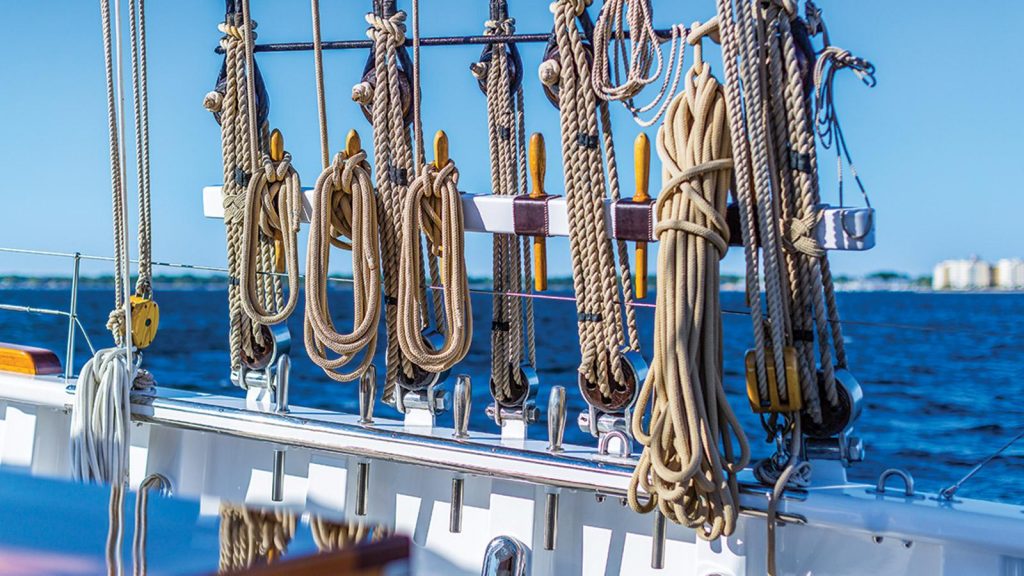
Knowing various knots can significantly improve a sailor's performance. An assessment of the static strength of knots and splices used in sailing environments demonstrates that the breaking strength of ropes can differ depending on the knot or splice utilized. Sailing enthusiasts should practice and master different knots for versatile applications.
In addition to knots, splices play a vital role in sailing. A study on the strength of rope splices and knots in sailing ropes emphasizes the importance of reliable splices when working with ropes under heavy loads. Splicing techniques preserve the rope's strength better than most knots and reduce the risk of accidents, making them valuable skills for sailors to learn.
In conclusion, mastering sailing techniques and understanding knots and splices can benefit sailors ranging from novices to experienced enthusiasts. With the right knowledge and skills, sailing becomes a more enjoyable and safer experience.
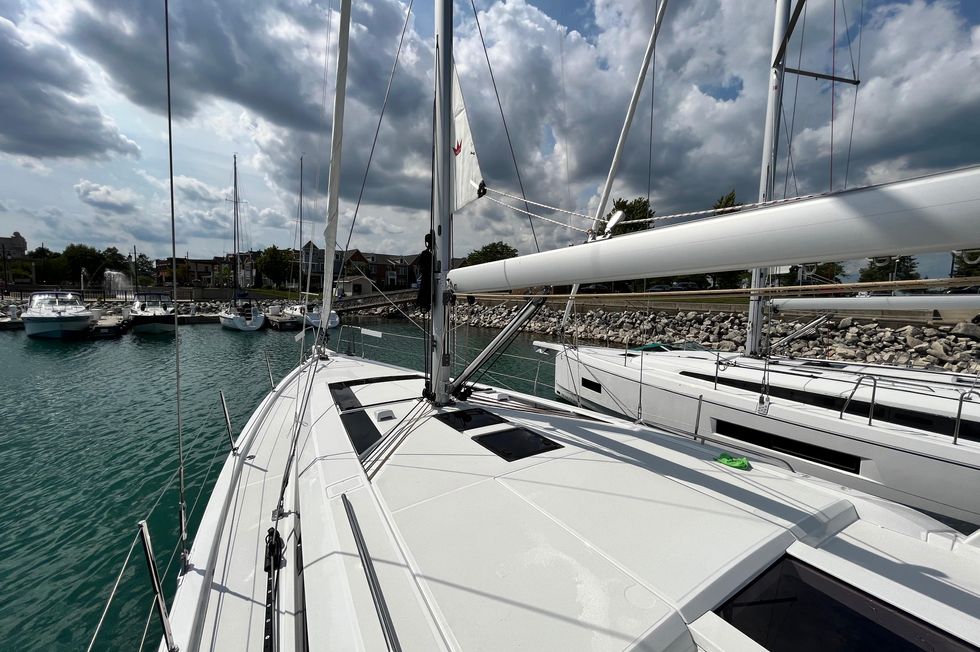
Docking Techniques
Mastering docking techniques is crucial for sailors looking to improve their skillset and ensure a smooth sailing experience. Docking a sailboat can seem challenging at first, but with proper guidance and practice, it becomes an effortless task.
One of the key aspects of successful docking is approaching the dock at a controlled speed and choosing the right angle. It's essential to take wind and current conditions into account when determining your approach.
Maintaining control over the boat during docking is critical. Sailors should practice stopping and starting the boat while approaching the dock, focusing on maintaining control even in unexpected conditions.
While deploying dock lines, it's essential to be prepared with the right equipment, such as fenders and mooring lines. Attaching the fenders to the side of the boat before approaching the dock will prevent potential damage to the boat's hull. Adjust the fender height to match the height of the dock. On top of this, learning to tie proper mooring knots, such as a cleat hitch or bowline, will ensure secure docking.
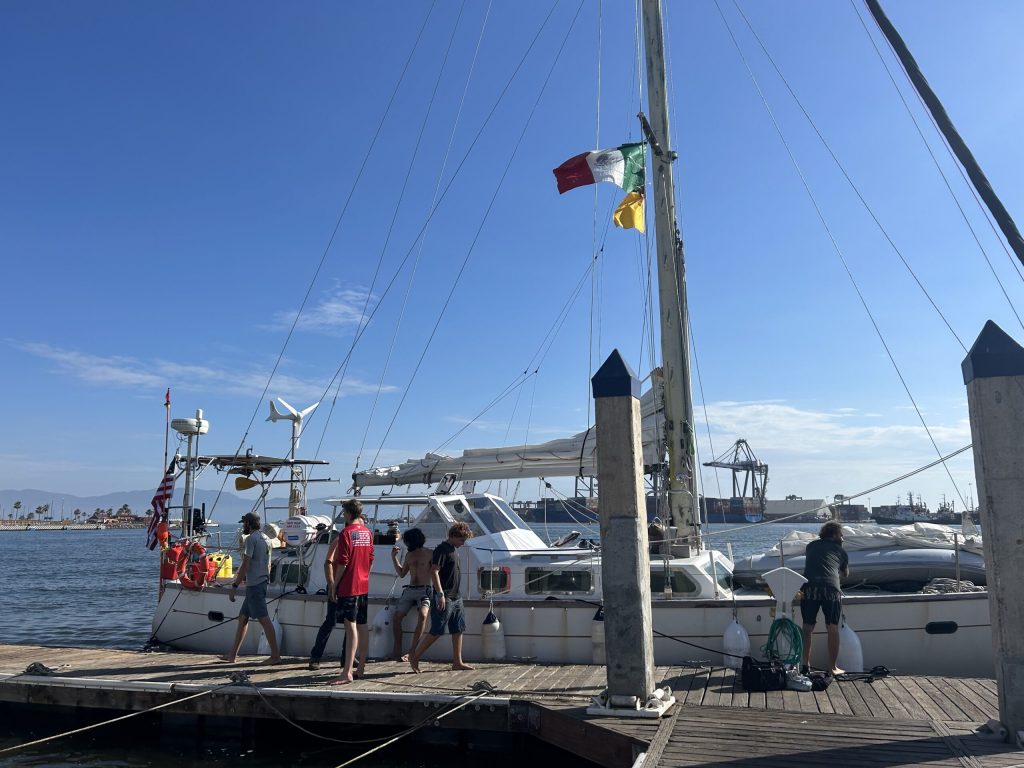
Communication plays a significant role in the docking process. Before docking, establish clear communication with your crew and dock assistants. Make sure everyone knows their roles and the expected sequence of events. Hand signals can be beneficial to communicate with dock assistants if verbal communication is difficult due to wind, distance, or noise.
Learning a few key maneuvers, such as the pivot turn, can be valuable for handling docking situations with ease. By mastering these techniques, sailors can quickly adapt and react to diverse docking situations and remain confident in their abilities.
Above all, practice is essential for perfecting the art of docking. Sailors should spend time honing their skills in different weather conditions and mooring configurations to develop a comprehensive understanding of various docking scenarios.

Sailing and Technology
Modern sailing has benefitted greatly from advancements in technology, resulting in more efficient and safer experiences for sailors. One of the most significant technological advancements in sailing is the development of advanced material technologies and hydrodynamic design extremes, especially in competitive races like the America's Cup.
Technology has also played a role in the evolution of sails and sailing rigs throughout history. Technological advancements have influenced the designs of sails and sailing-rigs, specifically how they are developed and manufactured. This has led to improvements in the ability to maintain optimal propulsion in different sailing conditions. The history of sail and sailing-rig development provides insights into how technology has helped shape the various implications of continuity, variation, and change in propulsion technology.

Solar sailing technology is another area where advances have made significant impact. Solar sails utilize sunlight to propel spacecraft without the need for conventional fuel. Researchers are continually working on improving solar sailing technology, including new designs and materials that enhance the performance of solar sails. The taxonomy of solar sail design offers an understanding of the current state of the art in this field.
NASA has also invested in the development of solar sail technology, supporting efforts to advance both its efficiency and applications for future space missions. The status of solar sail technology within NASA demonstrates the organization's commitment to this promising area of research.
In conclusion, technology has played a significant role in the evolution of sailing, from advancements in traditional sailing vessels to the development of innovative propulsion methods like solar sails. As technology continues to progress, it is likely that sailing will continue to benefit from new materials, designs, and applications.
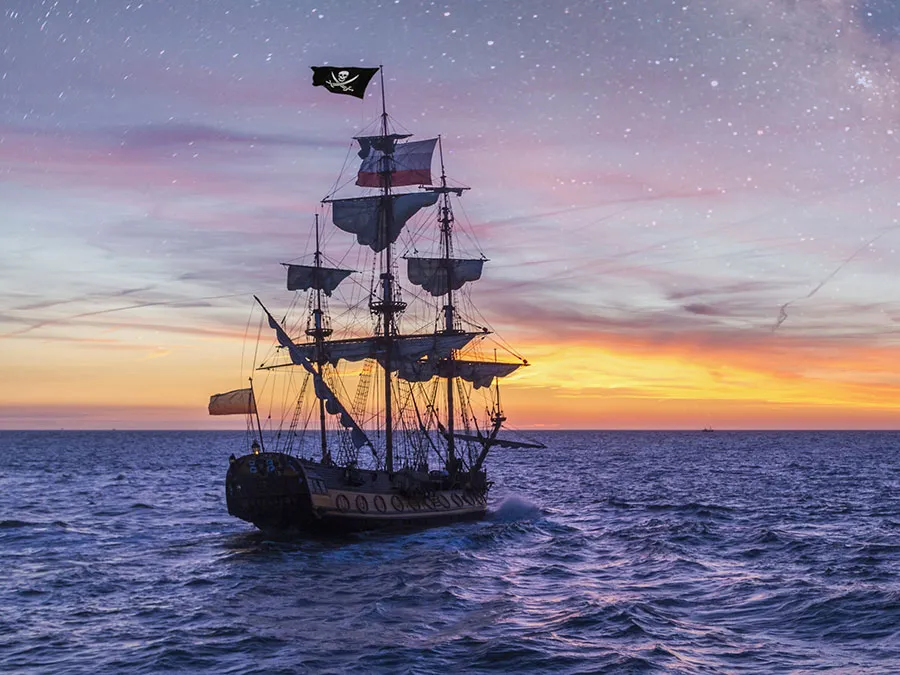
Sailing Across Ages
Sailing is a versatile sport that can be practiced and enjoyed by individuals of various ages and skill levels. Whether a person is a beginner or seasoned sailor, the opportunities to learn and improve sailing skills are vast.
For young children, sailing offers a unique opportunity to develop physical and mental skills. Engaging in sailing activities can enhance their balance, spatial awareness, and decision-making abilities. Parents can introduce their children to sailing by enrolling them in youth sailing programs where they can have fun while learning the basics, safety precautions, and essential techniques.
As children grow older, they can advance in sailing classes and practice on different types of boats, gradually building their skills to become proficient sailors. Teenagers and young adults can participate in competitive sailing events, such as regattas, or even aspire to represent their countries in international competitions. Sailing camps and clubs provide the necessary resources, guidance, and support for aspiring sailors to hone their skills and make their way up the competitive ladder.
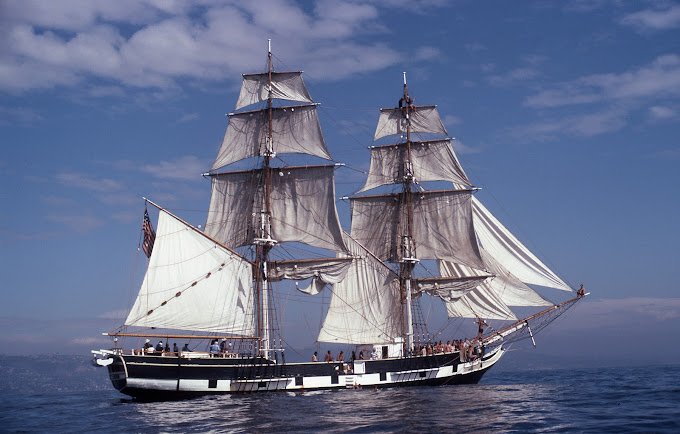
Adults who are new to sailing can also benefit from beginner programs specially designed for their age group. These courses provide the necessary knowledge and skills to safely and comfortably sail on the water. As beginners gain confidence and experience with sailing, they have the option to further enhance their skills through intermediate and advanced sailing courses. This allows adults of all ages to relish the joys and challenges that sailing offers, while also creating an opportunity to meet like-minded people and form lasting friendships.
In conclusion, sailing is an activity that can be enjoyed and practiced by people of all ages and skill levels. Initiating children to sailing from an early age is beneficial for their physical and mental development. Meanwhile, adults can take advantage of beginner programs to acquire new skills while enjoying the adventures sailing offers. No matter the age or experience level, sailing can provide an exciting and fulfilling experience for everyone.
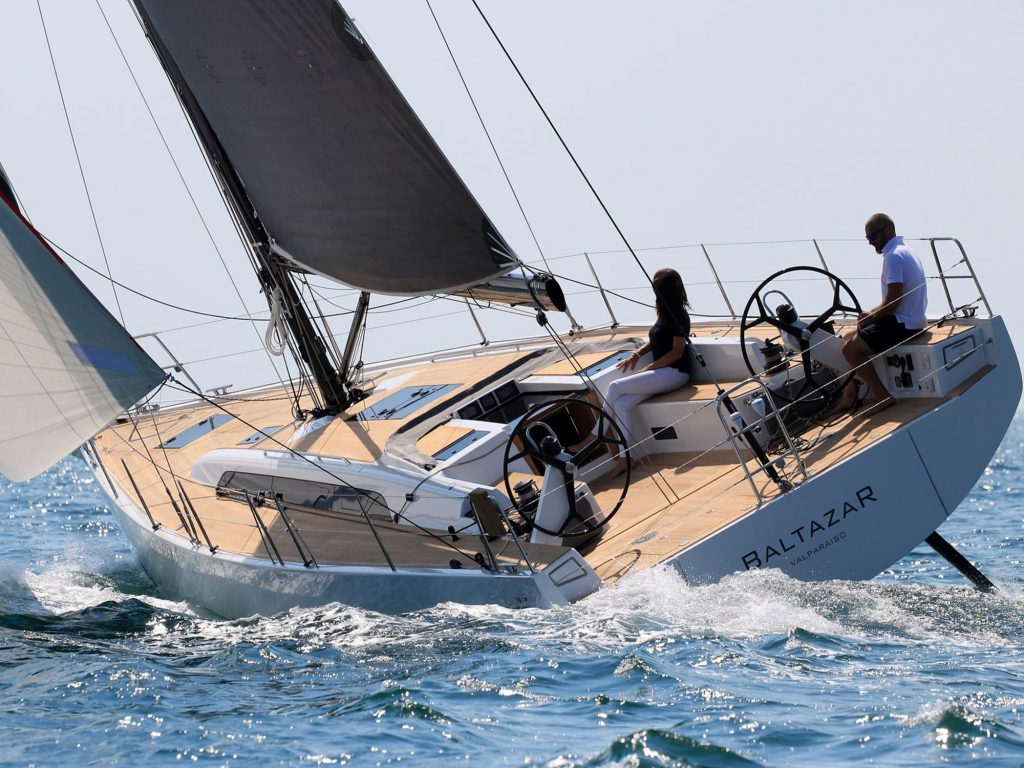
Building Confidence in Sailing
Sailing is an activity that not only provides enjoyment and relaxation but can also help build confidence in individuals. When learning to sail, a person gains valuable skills in navigation, communication, and problem-solving that can be transferred to other areas of life.
One way to build confidence in sailing is through structured training courses and programs. These lessons help students understand the basics of sailing, including sail control, wind direction, and safety procedures. As a person progresses in their training, they become more comfortable handling a sailboat and making decisions on the water. This increased competence leads to improved self-confidence.
Participation in group sailing sessions or team-building activities can also contribute to increased confidence. Sailing with others allows individuals to learn from more experienced sailors, ask questions, and receive guidance on improving their skills. In turn, this collaborative environment fosters a sense of accomplishment and confidence as sailors work together toward a common goal.
Practicing sailing skills in various weather conditions can further enhance a person's confidence in their abilities. By challenging themselves to sail in different wind strengths or in unfamiliar waters, individuals gain a better understanding of their limitations and learn to adapt their techniques accordingly. This broadened experience helps bring confidence when faced with unexpected situations.
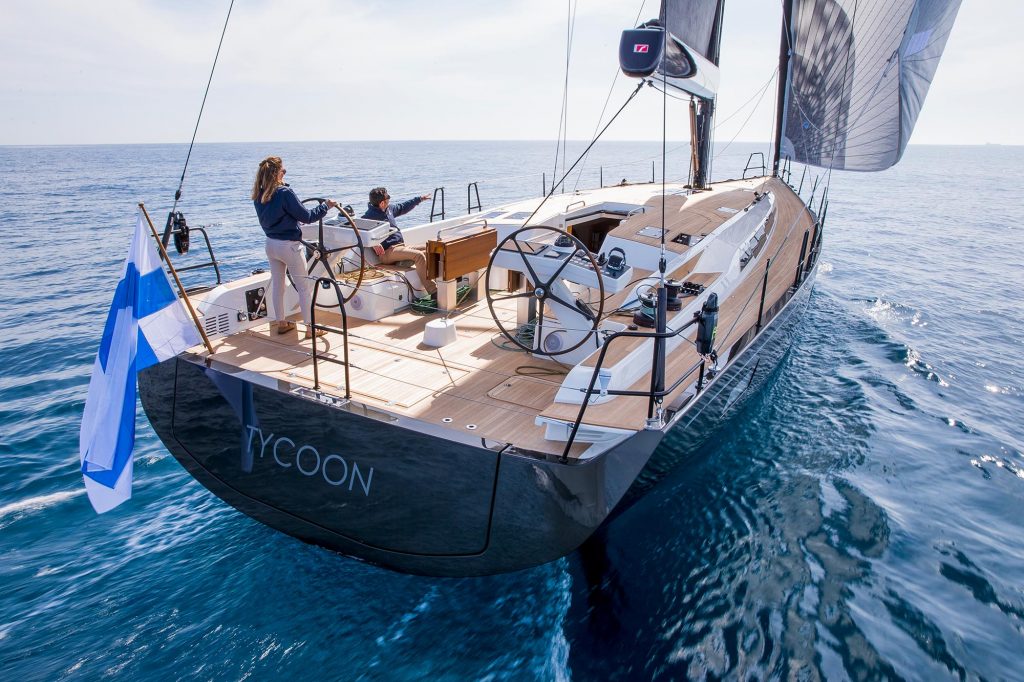
To build confidence, it is crucial for sailors to consistently set goals for themselves. By striving to achieve specific milestones in their sailing journey, such as mastering a new skill or participating in a regatta, they can measure their progress and experience a sense of accomplishment. This success, in turn, bolsters their overall self-confidence.
In conclusion, building confidence in sailing comes through a combination of training, practice, collaboration with others, and goal-setting. With increased familiarity and competence in sailing, individuals can take these newfound skills and apply them to other areas of their life, ultimately boosting their overall confidence and well-being.
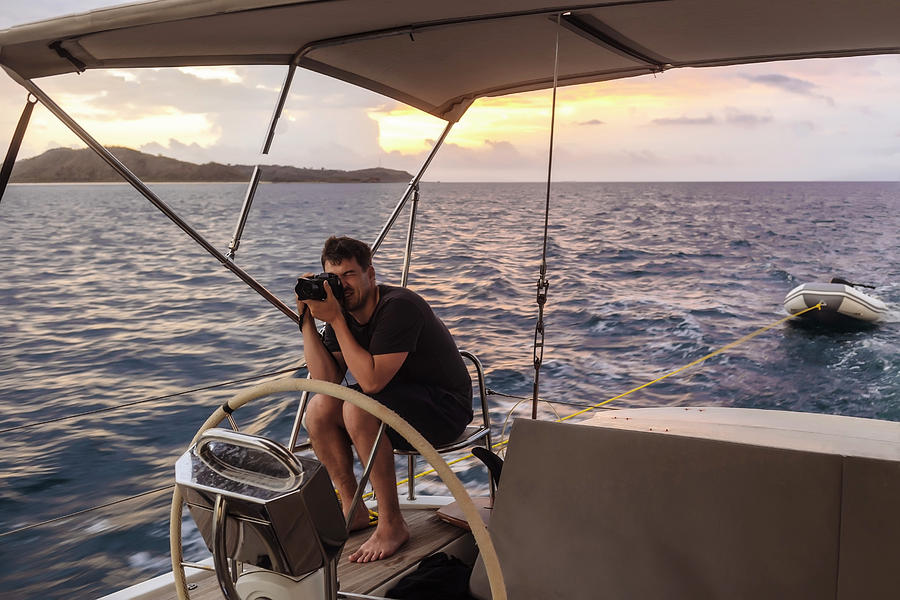
Photo Guide and References in Sailing
Photographs play a crucial role in documenting sailing experiences and sharing knowledge with fellow enthusiasts. Capturing high-quality images while on the water allows sailors to create visual references, enhancing their understanding of sailing techniques, equipment, and navigation.
One reliable source of sailing photographs is Knack Knots You Need, a book that provides step-by-step instructions for tying over 100 sailing, fishing, climbing, and camping knots. The photographs in this book help sailors to master the most essential knots and understand their applications in various situations.
In addition to books, many online sources offer sailing photos and guides. For instance, Sailing rock art boats showcases illustrations and images of canoe sail trials, enabling sailors to learn about different sail configurations and their effects on performance. Similarly, the Communicating the Space of Sailing study examines the use of landmark references in sailing by analyzing images and videos. This documentation enhances spatial awareness for sailors, improving their ability to navigate and communicate during nautical journeys.
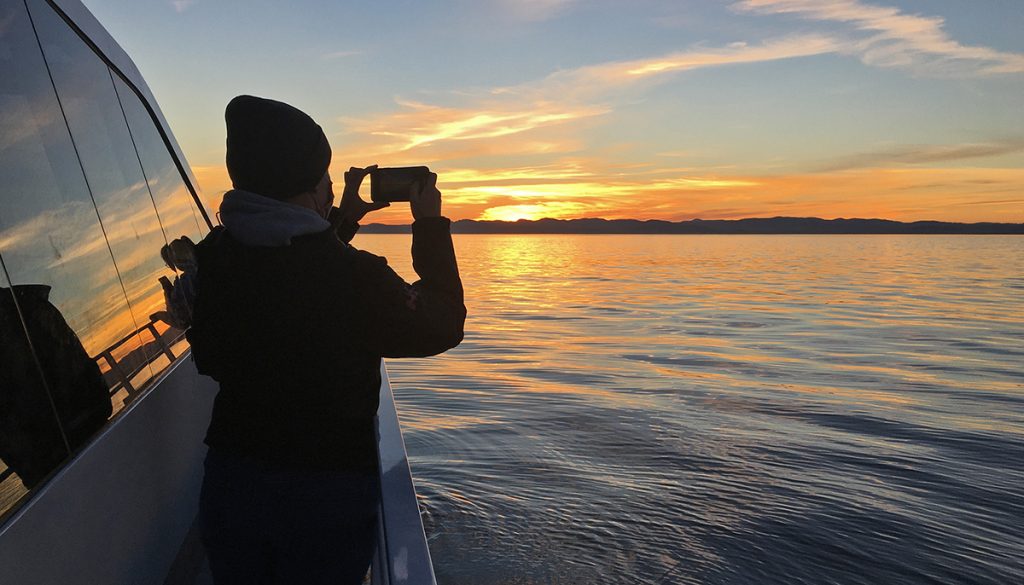
When taking photographs while sailing, it's essential to consider aspects like lighting, angles, and camera settings to capture high-quality visuals. Photos should highlight the subject, such as a sail, nautical instrument, or knot-tying technique, while keeping the background in context. For example, photographs of knots should be taken close up to emphasize the intricacies of the ties, while images of sails or navigation equipment should provide an overview to help the viewer understand their position and function in relation to the boat.
In conclusion, by leveraging photographs as visual aids, sailors can create valuable reference materials that enhance their knowledge and technique. Carefully selected, high-quality images of sailing endeavors add depth to any sailing guide and offer future sailors the opportunity to learn from experienced seafarers' expertise.
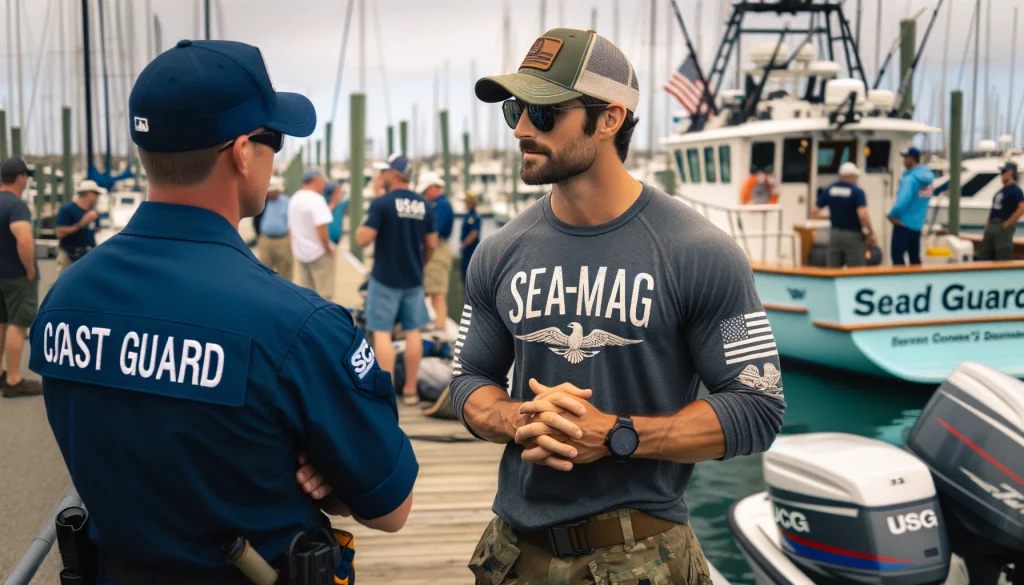
Frequently Asked Questions
What is the best way to learn sailing?
The best way to learn sailing is by taking sailing lessons from experienced instructors and getting hands-on practice. A good starting point is enrolling in a reputable sailing fundamentals course, which covers terminology, theory, and skills. Practice, patience, and the willingness to learn from mistakes are essential in mastering sailing techniques.
How do weather conditions affect sailing?
Weather conditions, such as wind, currents, and waves, directly impact the sailing experience. Knowledge of local weather patterns is essential for optimal sailing and avoiding dangerous situations. A sailor must be able to adjust strategies and techniques based on changing weather to ensure safety and effectiveness.
What are the basic principles of sailing?
The basic principles of sailing involve understanding the forces at work on the vessel. The wind provides the primary force, with the sails acting as an airfoil to convert wind pressure into forward movement. The centerboard or keel help maintain balance, while the rudder controls the direction of the boat. Sailing also depends on mastering skills such as setting the sails at appropriate angles, adjusting course, and maneuvering in different wind conditions.
What type of boat is suitable for beginners?
For beginners, a small and stable boat is ideal for learning the basics of sailing. Dinghies or small sailboats, such as the Optimist or the Laser, are often recommended for those new to the sport. These boats are easy to handle, responsive, and provide a solid foundation for developing essential sailing skills before progressing to larger vessels.
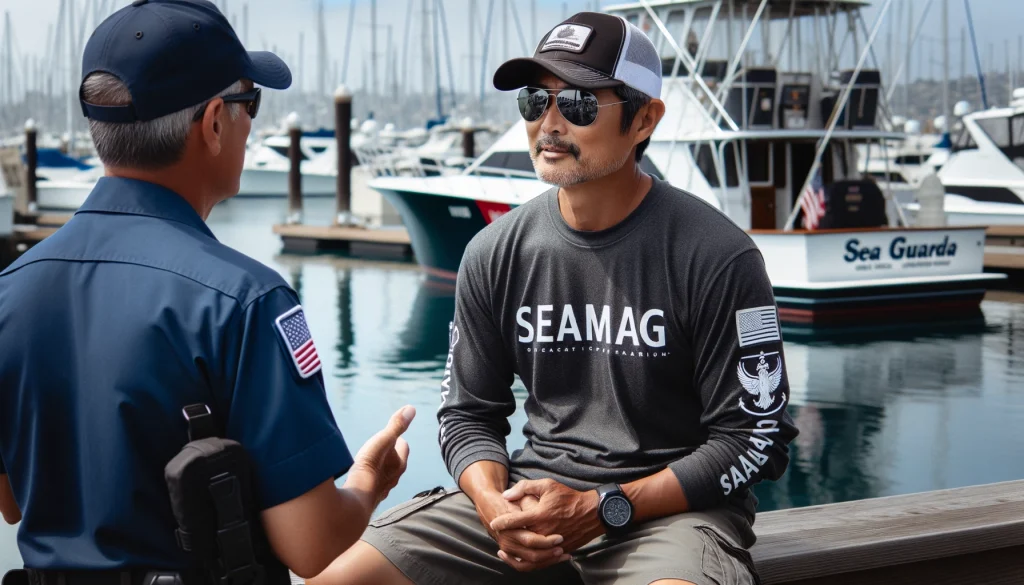
What are the main safety precautions while sailing?
Safety precautions while sailing include wearing a personal flotation device (PFD), knowing the rules of navigation, and proper communication with other vessels. Regularly inspecting and maintaining your equipment, carrying essential safety gear (such as first aid kits, flares, and VHF radios), and keeping a close eye on weather conditions are also crucial to ensure safety on the water.
How can one choose the right sailing gear?
Choosing the right sailing gear involves considering factors such as personal preferences, budget, and the sailing conditions one expects to encounter. Proper clothing and footwear that provide protection, comfort, and ease of movement are necessary. High-quality waterproof jackets, sailing gloves, hats, and seaworthy shoes are recommended. Investing in a good-quality life jacket is also essential for safety. Additionally, sailors should select gear that meets their specific needs and preferences, and consult with experienced sailors or instructors for recommendations.
Boats for Sale
Related Articles
Charlie is Editor-in-Chief of Sea Magazine

